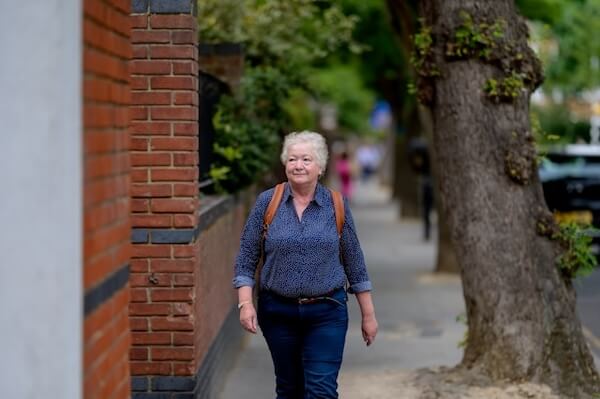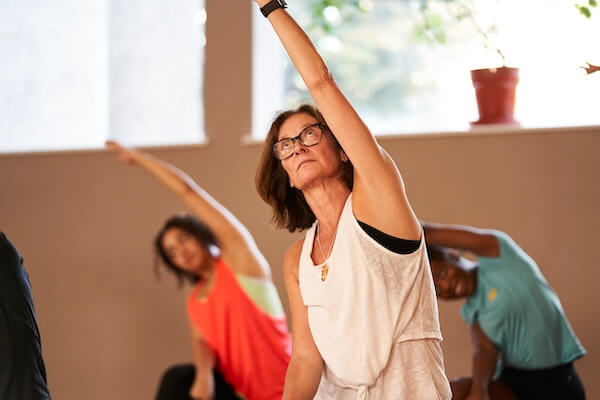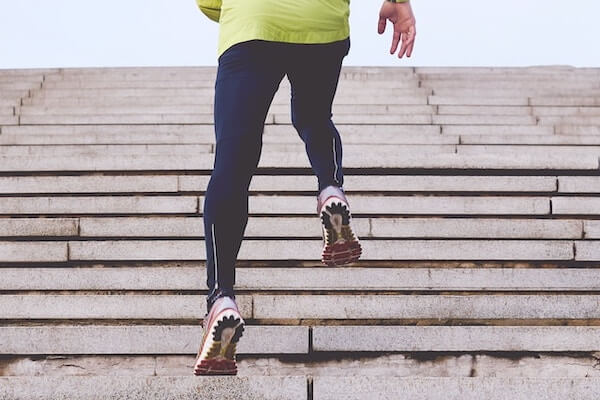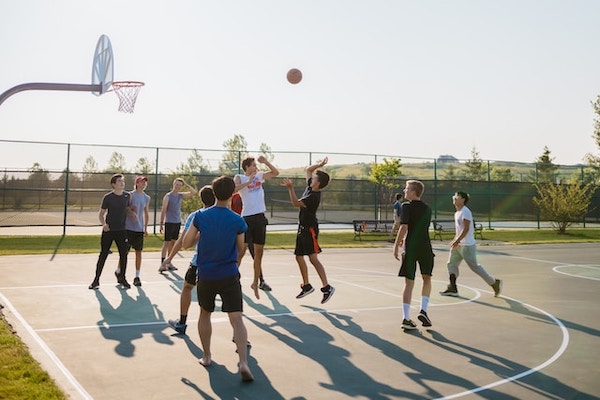
Time vs. Steps: What's Best for Health in Older Australian Women?
Study Overview
Staying active as you get older is important for good health. As we get older, a big question is whether to focus on the clock or the step counter to track physical activity. A study from Harvard-affiliated Brigham and Women’s Hospital gives us some answers.
Researchers looked at whether it’s better for older women to track physical activity by the time spent in moderate to vigorous physical activity (MVPA) or by counting steps. They studied 14,399 women, all aged 62 or older.
Key Findings
Similar Health Benefits
Both MVPA time and step counts were equally good at lowering the risk of death from any cause and heart disease.
Living Longer
Women who were more active lived longer. Those in the top activity levels lived about 2.2 to 2.4 months longer over nine years compared to those in the lowest activity levels.
Guideline Changes
Australian guidelines recommend at least 30 minutes of moderate-intensity physical activity most days. This study suggests that step-based goals could also be included in these guidelines, giving more options.
Benefits of Being Active
For older Australians, staying active can:
- Lower the risk of diseases like high blood pressure, high cholesterol, type 2 diabetes, bone and joint problems, heart disease, and some cancers.
- Help maintain a healthy weight.
- Lower the risk of falls and injuries.
- Increase energy levels.
- Improve sleep.
- Reduce stress and anxiety.
- Boost concentration and mental health.
How Much Physical Activity You Should Do
For Australians aged 65 and over, aim for at least 30 minutes of moderate-intensity physical activity on most days. If 30 minutes is too hard, start with 10 minutes once or twice a day and increase gradually.
Mix different types of activities throughout the week and try to reduce sitting time by taking regular breaks.
Study Details
Participants
Women who were free from heart disease and cancer at the start. They filled out annual questionnaires and wore accelerometers (devices that track movement) for seven days to measure their activity.
Activity Levels
On average, the women did 62 minutes of MVPA per week and took about 5,183 steps per day.
Follow-Up
The participants were monitored for about nine years.
Results
Lower Risk of Death
More MVPA time or steps significantly lowered the risk of death. For every increase in activity, the risk of death decreased.
Lower Risk of Heart Disease
Both MVPA and step counts reduced the risk of heart disease.
Conclusion
For older Australian women, both MVPA time and step counts are effective ways to measure physical activity for better health and a longer life. Future guidelines should include both types of goals, allowing women to choose the method they prefer.
Whether you prefer counting steps or tracking exercise minutes, both methods are beneficial. The important thing is to stay active and choose the tracking method that motivates you the most.
Looking for a Walking Group?
If you are looking for a walking group, try our actvitities search.
Here is a few searches to get you started: Walking groups in Melbourne, Walking groups in Brisbane, Walking groups in Sydney.
Sources
-
Hamaya R, Shiroma EJ, Moore CC, Buring JE, Evenson KR, Lee I. Time- vs Step-Based Physical Activity Metrics for Health. JAMA Intern Med. Published online May 20, 2024. doi:10.1001/jamainternmed.2024.0892
-
Australian Physical Activity Guidelines - Australian Government: Department of Health and Aged Care






